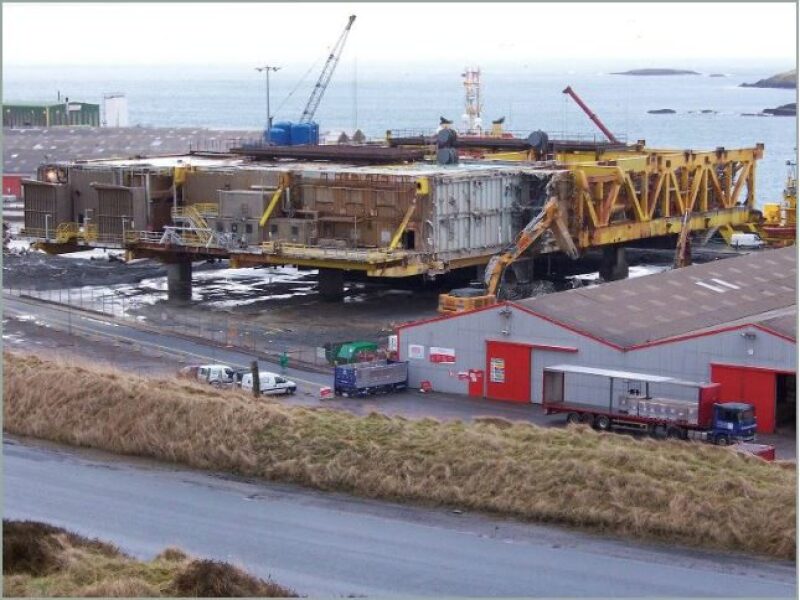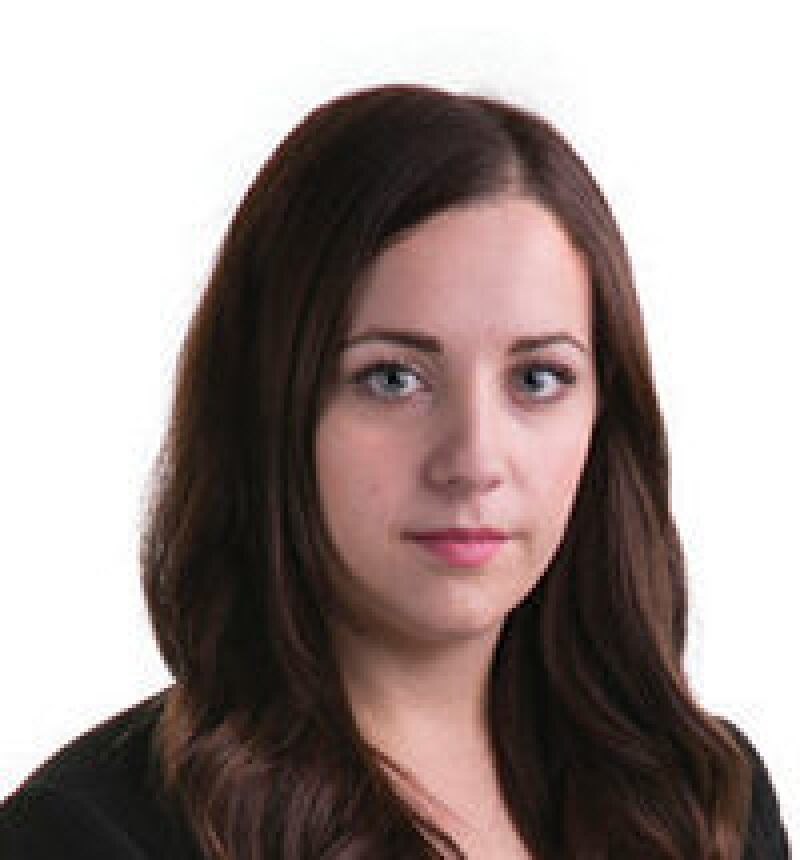Quick Picks From the Frigg Project OGF Staff One successful setdown of the modules support frame was achieved at the Greenhead Base, Lerwick, Shetland, Veolia began staged decommissioning, including:
|
Heavy-lift vessel (HLV) contractors have faced a challenging market in recent years as the low oil price environment combined with a shift toward subsea installation and deepwater activity has seen fixed platform installations decline globally. The number of fixed assets installed in 2017 is expected to be 45% less than 2014 levels. This has resulted in a troublesome outlook for heavy-lift vessels within the market for topside and jacket installation, leading contractors to seek out opportunities in less traditional markets.
Two such bright spots are offshore wind and decommissioning—the former being increasingly attractive as the volume of installed turbines per year grows rapidly and the projects become larger and farther from shore. Though this growth has historically been supported by government subsidy, recent (and projected) reduction in capital costs make the technology cost-competitive with conventional forms of power generation such as nuclear and combined cycle gas turbines. While the market for turbine installation is predominantly covered by purpose-built wind turbine installation vessels, the installation of foundations and substations is accessible to HLVs. A key requirement for entering this market is sufficient deck space with the ability to carry at least four monopiles typically preferred. Although turbine size, and therefore the size of the supporting foundation, are increasing with water depth, it is unlikely that HLVs will need lifting capacity greater than 3,000 tons; crane capacity in the range of 1,500–3,000 tons is suitable for most offshore wind installations.
For HLVs with lifting capacity greater than 5,000 tons, decommissioning represents a significant opportunity, particularly within the North Sea which is characterized by large platforms. Approximately 40% of platforms within the UK and 85% of platforms within Norway have a combined substructure and topside weight that exceeds 5,000 tons. Until recently, the largest single-lift decommissioning operation had been the removal of Totals’ Frigg TCP2 module support frame, weighing in at 8,500 tons. With the introduction of super-heavy-lift vessels such as Allsea’s Pioneering Spirit, Heerema’s Sleipnir (due for delivery in 2019), as well as recent orders from Shandong Twin Marine for two vessels with lifting capacity of 34,000 tons, it is hoped that the decommissioning of the North Sea’s heaviest platforms will become more efficient.
The offshore wind and decommissioning markets both have a heavy emphasis on cost reduction, and the resultant requirement for cost-effective HLV solutions going forward will be extremely important. As such, in a market where day rates are often driven by tonnage requirements, super-heavy-lift vessels may have a somewhat limited market reach, and vessels that are over specified will risk lower day rates.
Click image below for timelapse photos of the decommissioning of the TCP2 module support frame. Source: Shetland Decommissioning.



